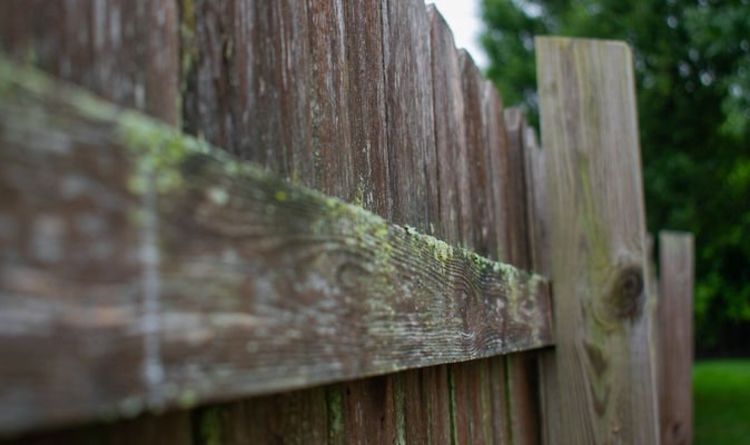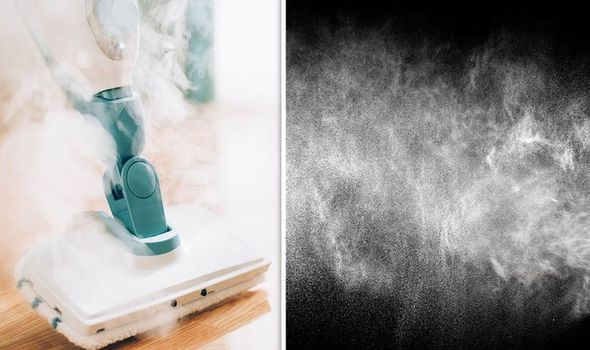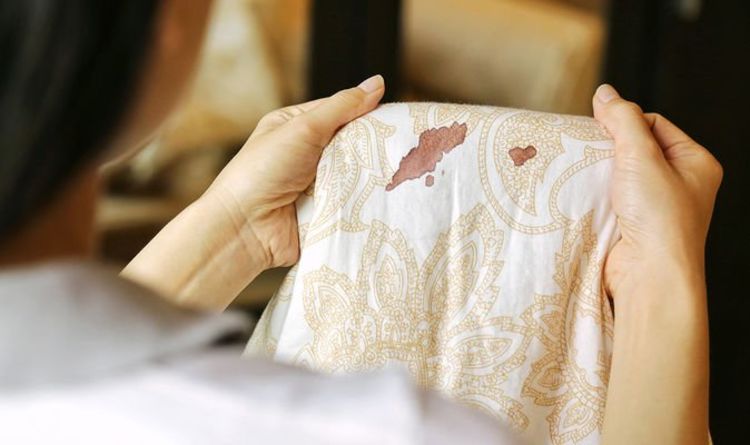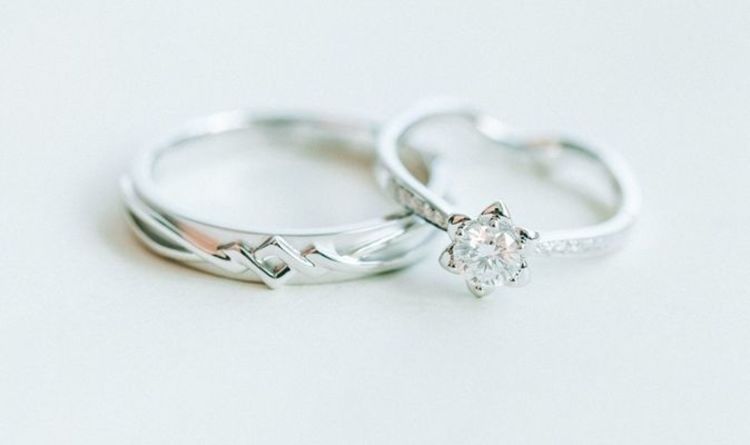Fences conceal most of a garden from outside viewers, even if gardeners have a great deal of pride in their work. But they can make a conscious contribution to most landscapes, either negative or positive. Those obsessed with keeping their green spaces clean and organised may be dismayed to find the colour growing on their fencing. Thankfully, there are several ways to clean green stains, no matter their cause.
How to clean green marks off your fence
Green markings on a fence can have several potential causes, but one of them is a notable pest.
Algae tend to gather on damp wood, which, over time, gives it a green tinge.
Gardeners don’t need to strain their green fingers to remove it, with a selection of easy fixes for the staining pain.
They will need the following tools for the job:
- A pressure washer
- A paintbrush
- A garden hose
- A scrub brush
- A bucket
- Plastic sheeting
- Rubber gloves
- Work clothes
- Bleach
- Wood preserver
The first step in the process is preventing collateral damage, which you can achieve by laying their plastic sheeting over plants growing near the fence.
Create a cleaning solution from two parts of warm water to one part household bleach in a bucket.
The mixture can damage plants if you leave them uncovered while cleaning.
Gardeners should then don their gloves and work clothes before starting to scrub away with the solution and scrub brush, leaving the solution to sit for 20 to 30 minutes.
Never allow the solution to dry, and use the garden hose to rinse before approaching the wood with the pressure washer on a low setting.
Move the sprayer in a slow, sweeping motion from half a metre away, and wash off the remaining algae and mildew.
The fence will then need to completely dry before treatment.
For finishing touches, gardeners should sand it down and apply a wood preservative.
The preservative will deprive the algae of its ideal surface on which to grow.
If you find your fence regularly succumbs to wear and tear, you might want to consider replacing it.
Fencing lifespan depends on factors such as wood type, with cedar cited as the ideal material for the job.
Green algae are just one of several possible irritants which can damage wood over time.






